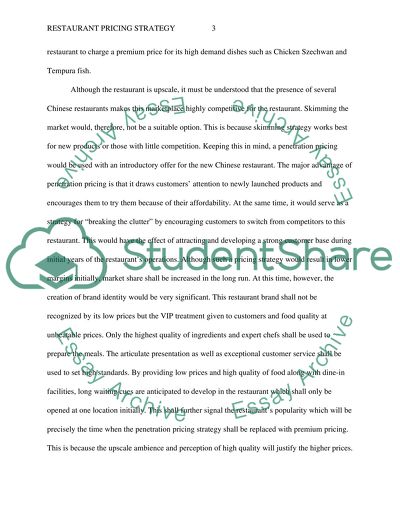Cite this document
(“Pricing Strategy Essay Example | Topics and Well Written Essays - 1500 words”, n.d.)
Pricing Strategy Essay Example | Topics and Well Written Essays - 1500 words. Retrieved from https://studentshare.org/marketing/1482462-pricing-strategy
Pricing Strategy Essay Example | Topics and Well Written Essays - 1500 words. Retrieved from https://studentshare.org/marketing/1482462-pricing-strategy
(Pricing Strategy Essay Example | Topics and Well Written Essays - 1500 Words)
Pricing Strategy Essay Example | Topics and Well Written Essays - 1500 Words. https://studentshare.org/marketing/1482462-pricing-strategy.
Pricing Strategy Essay Example | Topics and Well Written Essays - 1500 Words. https://studentshare.org/marketing/1482462-pricing-strategy.
“Pricing Strategy Essay Example | Topics and Well Written Essays - 1500 Words”, n.d. https://studentshare.org/marketing/1482462-pricing-strategy.


